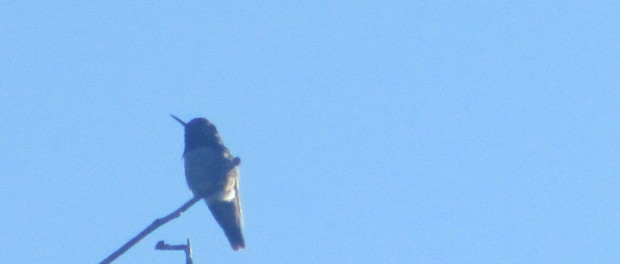Hummingbirds: The Hovering Masters
What are Hummingbirds?
Hummingbirds are the smallest birds in the world. Hummingbirds have a scientific name of trochilidae. Consisting of wings that beat about 70 times per second, a very long and thin beak to suck up nectar from tube-shaped flowers, and a heart beat of about 1,260 beats per minute, hummingbirds are remarkable creatures. Hummingbirds, usually measuring 3-5 inches in length(7-13 cm), are considered the smallest birds in the world. The smallest species of hummingbird, the bee hummingbird, holds the title of smallest bird species in the world.
Classification of Hummingbirds
Hummingbirds are classified into the phylum chordate(vertebrates) of the animal kingdom, and are further classified into the Aves class(birds). They are grouped in the apodiformes order(swifts, tree swifts, and hummingbirds). In the apodiformes order, they make up the trochilidae family.
Diet of Hummingbirds
Hummingbirds get nutrition by eating many varieties of insects, which include mosquitoes, fruit flies, gnats, etc. They get energy by drinking up nectar from flowers, or if nectar is not available, sipping up tree sap.
Hummingbird Predators
Cats, both wild and domestic, have been reported to feast on hummingbirds. Other predators of hummingbirds are Sharp-sinned hawks, praying mantis, large mouth bass, green frogs, bull frogs, etc. Hummingbirds are so small that sometimes they get caught in a spider’s web, and become prey to large orb-weaving spiders.
The Secret to Hummingbirds’ Flying Abilities
Hummingbirds can move in all directions during flight(up, down, left, right,). They can hover in mid-air and can even fly upside-down! How does a hummingbird do this?
Hummingbirds do not flap their wings like most other birds. Instead, they move their wings in a figure-8 motion. This allows them to hover in place. Small changes in this movement allows them to fly in any direction, and upside-down flying is no problem for the rapidly moving wings.
Hummingbird Hibernation
Hummingbirds have one of the highest metabolisms of all animals. To conserve energy when they cannot find enough food to maintain their metabolism, they go into a state similar to hibernation called torpor. During this state, hummingbirds’ body temperature and metabolic rate decrease. Hummingbirds also go into torpor during the night, when they are not hovering around.
Vision
In a hummingbird’s eye, the amount of retinal neurons that get transmitted to the brain is extremely dense. This allows better vision in hummingbirds while they are in flight.
The Brain of a Hummingbird
Hummingbird’s brains are extremely large compared to their body size. Their brain is 4.2% of their body weight, which is much more than any other bird. The lentiformis mesencephali(part of the brain which helps with balance) is also much larger than other birds. This helps the hummingbird obtain stability and balance while hovering. The hummingbird also has a large hippocampus(the part of the brain that stores memory and emotions). This helps hummingbirds remember the location of flowers in their territory.
The Tongue of a Hummingbird
Yes, hummingbirds have tongues. A hummingbird can stretch their tongue out of its beak as much as the length of its beak. Hummingbirds use their tongues to pick up nectar from flowers. The tongue flattens, letting nectar in, then rolls up to trap the nectar in the tongue. The tongue then ravels up and releases nectar in the bird’s mouth. Scientists used to thing they pumped up nectar like a straw for a very long time, but recent studies show they were wrong.
Wings
Like most birds, a hummingbird’s wings consist of a shoulder, elbow, and wrist. However, a hummingbird hand makes up more of the wing than other birds. This allows a more powerful upstroke, and helps with hovering and flight.
Types of Hummingbirds
There are 338 known species of hummingbirds, like bee hummingbird, Anna’s hummingbird, violet saber-wing, green-breasted mango hummingbird, ruby-throated hummingbird, etc.
These species of hummingbirds are sorted into 9 main clades(groups) based on their relationships to different types of flowering plants. The 9 clades are called Topazes, Hermits, Mangoes, Brilliants, Coquettes, Patagona, Mountain Gems, Bees, and Emeralds. Hummingbirds live in different areas and environments based on what flowering plants they get energy from.
